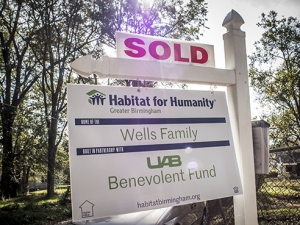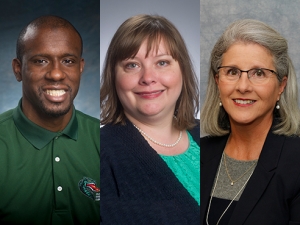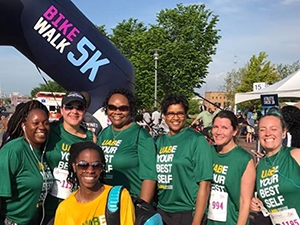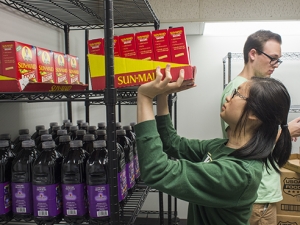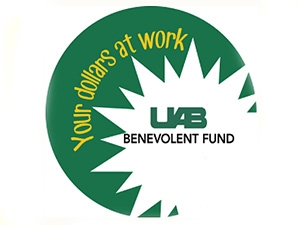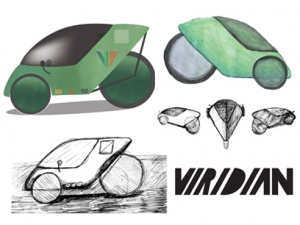UAB’s four campus buildings featuring green vegetative roofs have performed well through the years, but are largely out of view of the public.
The latest vegetative roof can be viewed up close and personal.
Eight university departments and student organizations recently built and planted the first easily visible vegetative roof on the second floor of the Hill University Center. The roof is the first pilot-scale green roof at UAB to include an irrigation system, supporting mostly native plants and fresh herbs that Sodexo chefs will use to prepare meals in the Blazer Café Food Court.
“This has just been a phenomenal project,” says Julie Price, a fourth-year doctoral student in biology under Stephen Watts, Ph.D., and coordinator of the development. “These groups have worked together tremendously well to construct something that has a real opportunity to be attractive to everyone who passes. We have flowering plants and evergreens, and they’re all butterfly attractors. We expect to see birds and insects around. It’s going to be great to see what this will become.”
Departments including Biology, Engineering, Facilities Roofing Maintenance, Campus Services & Grounds, and Energy Management and student groups including Science & Technology Honors Program, Leadership Foundations and the Green Initiative all contributed to the project, which is one of the first developments by UAB’s Sustainability Committee to come to fruition, says Olen Pruitt, assistant vice president for Facilities Management.
“The Sustainability Committee is trying to encourage the use of green roofs and gather the information and publicize and market it,” Pruitt says. “This is a pilot program. What we’re trying to do is demonstrate that green roofs are practical, economical, great for the environment and great for research. This is getting students involved in a real application of their skills. It’s not just theoretical any more. They’re doing research on real roofs. Hopefully they can leave from here and encourage new structures like this one to be built and used wherever they go to work.”
The buildings on campus that currently have green vegetative roofs include the Hulsey Building, the engineering side of the Business-Engineering Complex, Chemistry Building and Campbell Hall. Chemistry and Campbell Hall house several test roofs, and there are research beds on the BEC. Most of these roofs have been operational for two years or more.
The new roof on the HUC — while significantly smaller than the others — is the most complex both in build and in plant selection.
The roof features a 20,000-gallon drip-irrigation system that catches the rainwater and uses a minimum amount of water to keep the plants properly hydrated.
“It’s a drip irrigation system, but it has capillary dispensers on it that really minimize the amount of water needed to keep it moist,” says Robert Peters, Ph.D., professor of environmental engineering.
“The soil is only about four to six inches deep,” Watts adds. “The irrigation system enables the plants to use the water as they need it, and then slowly release it; that way you have the water going back out in a natural cycle.”
That creates another advantage — a limited amount of water runoff into the storm water drain, something UAB researchers hope to replicate with future green vegetative roofs. By collecting the stormwater from the roof and pumping it back through the irrigation system, it keeps polluted water from running into area creeks.
“We sit at the bottom of a valley, and all of the water coming into the valley goes into the storm system, which goes into a creek that feeds into the Black Warrior River — where we get our drinking water,” Pruitt says. “Runoff carries pollutants with it. We don’t really want the storm runoff from an urban area going into the Black Warrior River. Now, imagine the effect this could have if there were hundreds of downtown buildings with these types of roofs.”
The plants being used also are unique for UAB green roofs. The Hulsey Building, for example, has hundreds of sedums, a desert-like plant. For the HUC, Price selected mostly native plants — including many perennial sun plants — and worked with Sodexo to pick the right herbs needed to prepare meals. Basil, thyme, oregano, chives, peppermint, rosemary, sage and cilantro are among the herbs that were planted. The Leadership Foundations student group initially met with Sodexo to get approval to plant the herbs for use in the dining halls and then used their funds to purchase the herbs.
“We planted them by meal so it would be easy for the Sodexo workers to get them,” Price says. “We’ve got pasta night in one area, soup night in another. It’s pretty cool.”
“I just can’t say enough about how much I appreciate these organizations and their hard work,” Price says. “I think it’s awesome that we were able to pull so many people together to do this. It’s the first time Facilities Roofing Maintenance and Campus Services & Grounds have collaborated together on a green roof, and the university has just been so receptive. They’ve given us some freedom with the project. I hope it works out and really looks good. I know we’re going to learn a lot from it.”
Campus green roofs
Pruitt says the other campus green roofs have performed well.
One of the first questions he always gets is, “Have you ever had a roof leak?” That has never happened. All of the roofs are checked thoroughly by UAB Roofing Specialist Roger Brown.
The roofs also have provided tremendous benefits — especially in terms of power savings.
Peters says the roof is an insulator. The majority of the plants go through a process known as evapotranspiration, which gives off a cooling effect. That combined with the moist soil helps drop temperatures dramatically in the summertime and has resulted in a 20 to 25 percent savings in power bills. The insulation provided by the layer of soil and plants also can double the life of the roof membranes. When that is included with other Facilities Management improvements like alterations in lighting and air conditioning during non-peak campus hours, UAB is approaching $10 million in energy savings.
The green roofs have been a big part of that, which is why continuing to construct and research green roofs is important.
And it’s not just vegetative roofs making a difference.
White reflective roofs have been put on several buildings — including Heritage Hall, the newest academic building — and can be used on other buildings on campus where vegetative roofs aren’t possible. White reflective roofs can be retrofitted onto almost any building, Peters says.
Both the vegetative and white reflective roofs are considerably cooler in the summertime than standard black roofs. The surface temperatures on the vegetative and white reflective roofs have been around 110-115 degrees during the peak summer season, according to UAB research. Black roofs run closer to 190 degrees during the middle of the day.
“You could virtually fry an egg on those,” Peters says. “These green roofs just give you less of a load for the air-conditioning system to have to shoulder, and they reduce the heat island effect common in urban areas.”
When Pruitt and Peters first began their green roof research, they agreed that all of the data that is collected would be public information — a stance that hasn’t changed.
“It’s not proprietary,” Pruitt says. “We believe as a state institution and an educational and research facility, we should be pushing this information out to everybody in our community and the rest of the state. When we first started, there was no information on green roofs and how they would do in our area. The research we’ve done so far has been very, very positive, and it’s helped us set our standards at UAB going forward. Now, our standard here at UAB is that if we don’t do a vegetative roof, we go to a white reflective roof. We hope to eventually create a standard and if we can prove the return on investment long-term, hopefully we can get our standards set up to where that becomes the way of the future.”
The Alabama Department of Environmental Management (ADEM) has visited and inspected the green vegetative roofs and is very interested in promoting them to encourage vegetative roofs across the state. ADEM has been very supportive of UAB’s research in green roof design. The School of Engineering has received two research grants from the Alabama Water Resources Research Institute (AWRRI) to study the hydrology and water quality aspects of vegetative roofs. The research efforts have produced very promising results. As a result, plans to build a new vegetative roof on the BEC are under way.
Price also regularly gives tours to garden clubs, industry professionals, and even classes from other institutions around the state, including a landscape architecture class from Auburn University.
For more on this and other UAB green initiatives, visit www.uab.edu/green/sustainability-at-uab. Send feedback or suggestions to sustainability@uab.edu.


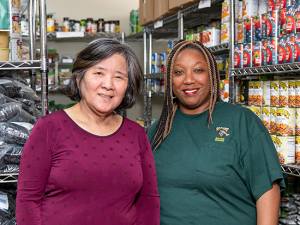
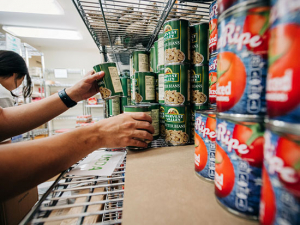
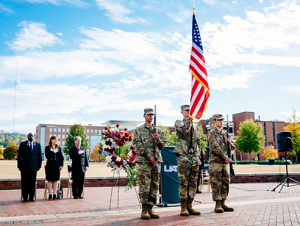
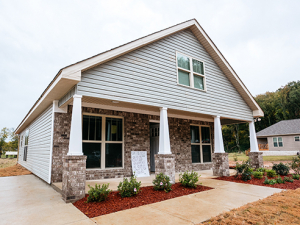
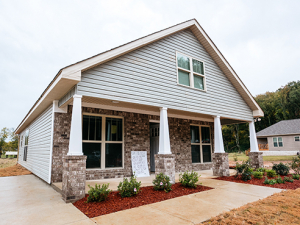

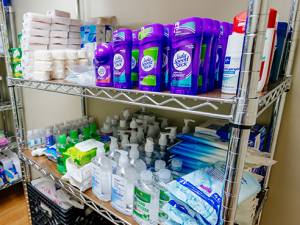
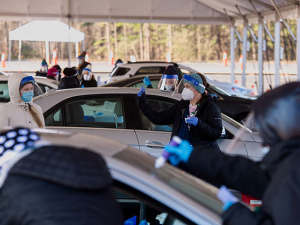
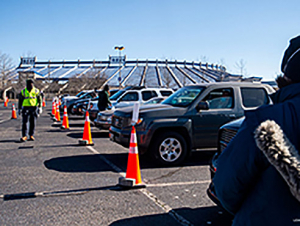


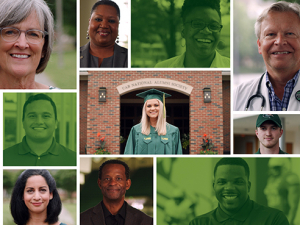
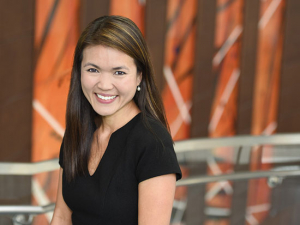
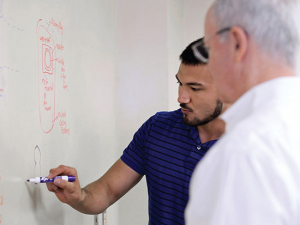
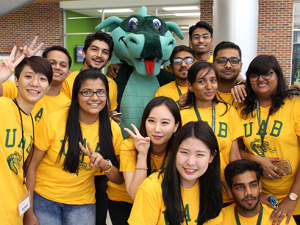

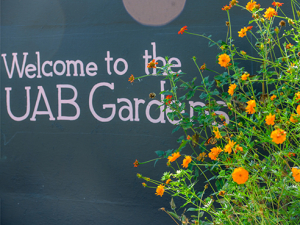

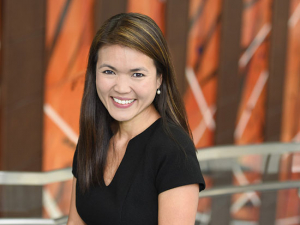

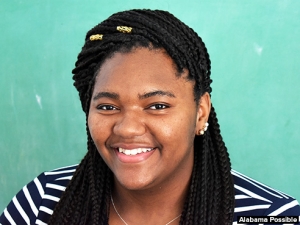


 Help the Graduate School and Staff Council provide much-needed items to the Ronald McDonald House and Birmingham-area schools.
Help the Graduate School and Staff Council provide much-needed items to the Ronald McDonald House and Birmingham-area schools.



